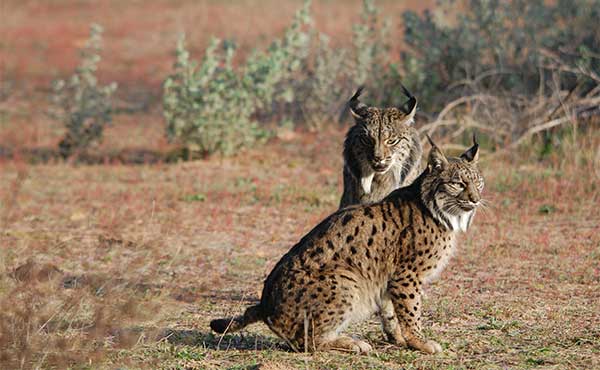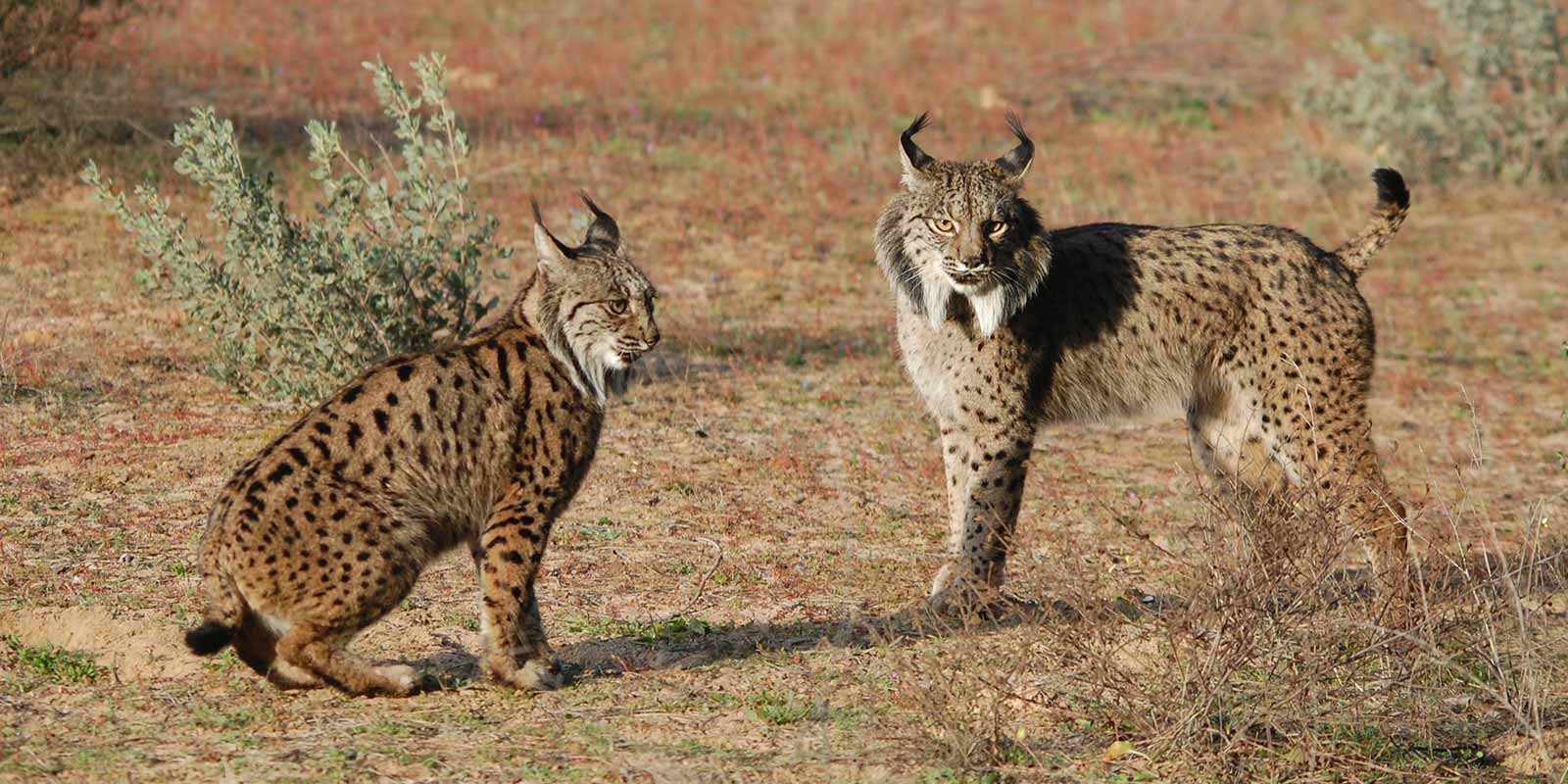
Late November in Andalusia, and the parched fields around Cordoba are as brown as Africa. It has only rained three times since May and every day begins the same, with cloudless skies of burning blue and temperatures hitting the low seventies by lunchtime; a perfect time, then, for setting out in search of the Iberian lynx.
With its spotted coat and stumpy tail, one of the world’s rarest cats is roughly twice the size of a fireside tabby and smaller than Lilleth, the 18-month-old Eurasian lynx whose death caused outrage when it was shot last year after escaping from a zoo near Aberystwyth.
By the turn of the century only 90 Iberian lynx remained in the wild. Had they disappeared completely they would have been the first cat species to be lost since the demise of the sabre-toothed tiger 10,000 years ago. But in the past 15 years the EU has pumped 85 million Euros into saving them from extinction, and thanks to a remarkably successful captive breeding system, the wild population currently stands at 483 and is still rising.
Even so, it is odd to think that such an endangered creature can be found living happily only a couple of hours away from the kiss-me-quick beaches of the Costa del Sol. Its main stronghold is the Andujar Parque Natural in the Sierra Morena, the Dark Mountains that extend across southern Spain for some 450 kms. Once a famous haunt of bandits, these rolling summits and oak wood valleys are now the main refuge for this most elusive of feline fugitives.
My base in the park was Los Pinos, a mountain hotel with a menu to die for, and from here every morning I set out with Sergio Gonzalez Asian, a hawk-eyed naturalist and professional guide with 18 years of lynx-spotting experience.
For the next three days we scoured the mountains, scanning the granite hillsides with binoculars. Red deer were everywhere, bellowing in the echoing valleys, and fallow bucks, too, with magnificent antlers. The cork oaks were alive with flocks of azure-winged magpies, and griffon vultures circled endlessly overhead. But of the 350 or so lynxes established here we found no sign except dried scats of rabbit fur.
“Rabbits are the key to the lynx’s survival,” said Sergio. “They need to eat one a day.” And so, undeterred by our lack of success, we moved on to the Coto Donana national park where 84 lynx are thought to roam and rabbits might prove more plentiful.
Hoping for better luck among the tamarisks and pine forests surrounding Spain’s most famous wildlife refuge, we set out from the Ardea Purpurea Hotel, our base in nearby Villamanrique.
Our first stop was El Rocio, an extraordinary waterside town of sandy streets and horseback riders renowned for its annual gipsy flamenco feria. Beyond lay the endless marshes of the Guadalquivir Delta and it was here that we resume our quest in the Dehesa Tornero, a corner of the Parque Natural that forms a buffer zone around Donana itself. Here, Sergio was back on his home turf and my spirits rise as we found fresh tracks in the sand.
We came at last to a wide clearing riddled with rabbit burrows. “A favourite hunting ground for lynx,” said Sergio as we sat down to wait while the sun disappeared behind the pines and I wondered if my luck would ever change - until Sergio pointed to a gap in the bleached grass ahead of us.
There, staring straight at us was the face of a cat, its pixie ears and trademark mutton-chop whiskers unmistakable even in the gathering dusk. “I know this animal,” whispered Sergio. “I’ve seen him before. It’s a male, just two years old.” We continued to watch him as he resumed his hunt, a dappled shadow slipping through the scrub until he melted away into the trees.
Join us on a fabulous week in Spain to look for the charismatic (and perhaps not so elusive?) Iberian lynx.

